-
Exercising With A Lower Body Injury
- There is no getting around it, lower body injuries limit our capabilities and are most frustrating for those who exercise day after day. Using the lower body is a key part of most workouts and going through an injury that will limit those regular activities and that can be a difficult thing to accept. Being incapable in using the lower body itself is hard but if the ability to exercise those extremities are put on hold it can feel as though the body is not getting the proper exercise it needs. Although this is a common thought that people have its simply not the case.
You Are Bigger Than The Injury
The injury sustained will be a limiting factor for a certain amount of time. The fact of the matter is that even though the outlook is difficult to accept you will make a recovery. The road to the ultimate recovery will be slow but in time as the wound begins to heal and certain activities become more attainable the happier it will make a person. The more progress that is shown day in and day out will allow you to slowly work a fitness routine back into the daily lineup of things you enjoy. This injury should not get the best of you. Look at so many positives that will come out of the recovery and it will uplift your spirits allowing you to focus on recovering and getting into what will most likely be an upper body fitness routine. The biggest question will be can you exercise with a lower body injury?
Continuing Fitness While Injured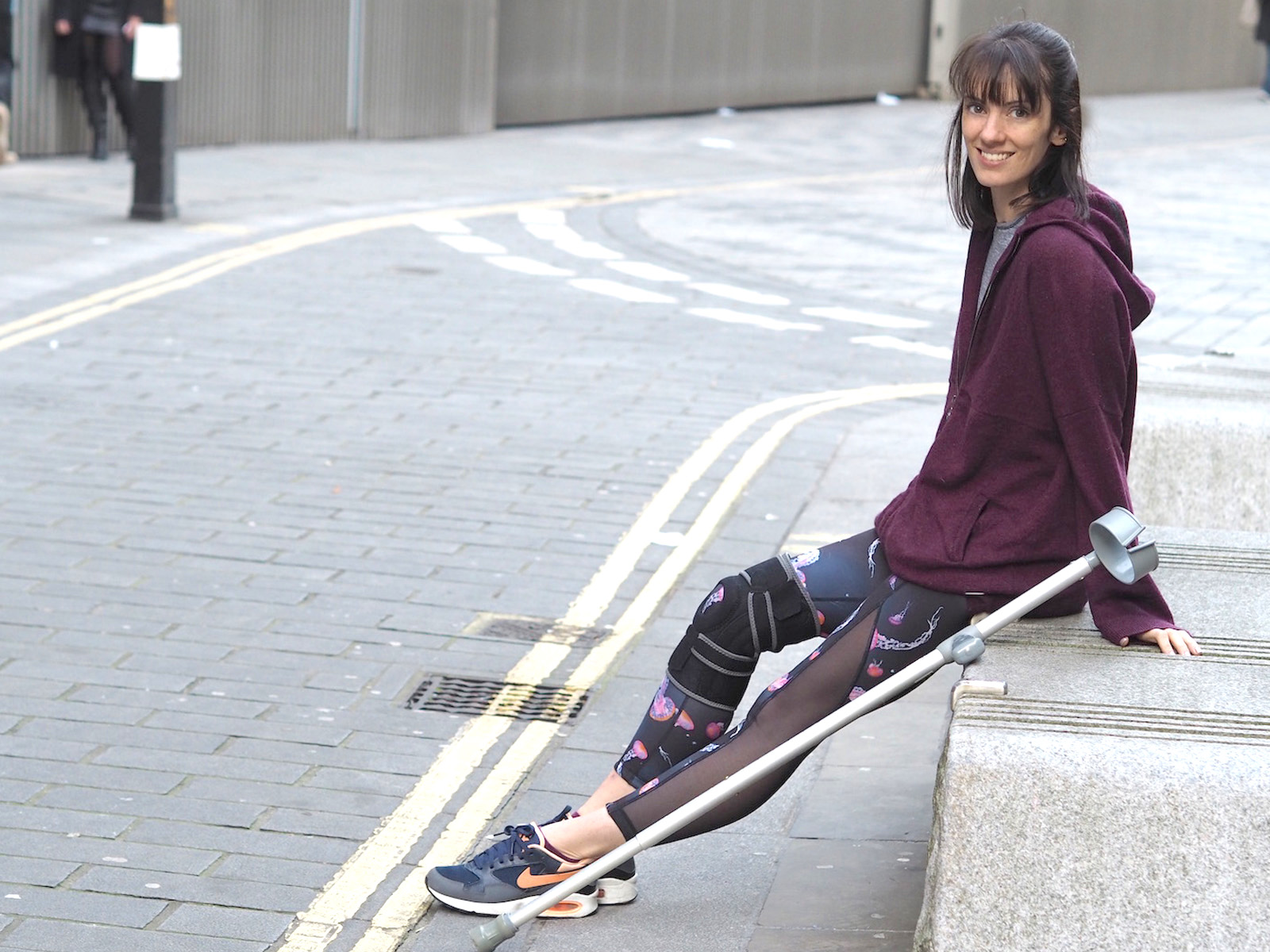 Obviously if you have just had a major injury it will require time off from the desired activity or sport of choice. Making sure that a person is physically able to do fitness while recovering will be up to the doctor and how the overall person is feeling. If fitness is deemed attainable then there are plenty of ways that a workout routine can be modified to best serve the lower body injury. Although getting back to 100 percent is not usually possible right away there have been studies that have shown if you are at least able to exercise at about 70 percent of your usual max at least once per week it should assist in aiding your recovery despite the injury.
Obviously if you have just had a major injury it will require time off from the desired activity or sport of choice. Making sure that a person is physically able to do fitness while recovering will be up to the doctor and how the overall person is feeling. If fitness is deemed attainable then there are plenty of ways that a workout routine can be modified to best serve the lower body injury. Although getting back to 100 percent is not usually possible right away there have been studies that have shown if you are at least able to exercise at about 70 percent of your usual max at least once per week it should assist in aiding your recovery despite the injury.
Going through an injury is a trying experience on anyone. It takes an activity that one enjoys doing and throws a huge curve ball into the mix. Things that were easy before the injury are not anymore and adapting to change is something that will be necessary to the recovery. Be it adjusting to the new routine, the new crutches, walker, or any artificial device that will aid in a recovery it’s difficult to accept sometimes that life has changed. For a while at least things will be different and adapting to those changes will truly test a person mentally and physically.
Depending on how long someone has the injury for the options that exist its best to find a good attitude and take every step of the recovery in stride. The best ways to exercise when immobilized in the lower body will involve the upper body. There are many ways to get just as good of a workout with the upper body and although not having the ability to use lower extremities can be frustrating over time as those abilities return the body will feel much better than choosing to stop exercise all together.
Talking With Your Doctor
Before even attempting to exercise the most important recommendation is that of your doctor. Listen to what he/she has to say as far as getting treatment for the injury. Although each lower body injury can differ. Knowing that your ready to begin exercise again will depend on how your feeling and the progress shown since the injury. Asking simple questions like
- When can you start exercise again?
- if you can't use any of your lower body to exercise can you use your upper body?
- Will a workout aggravate the injury?
- Are there any exercises that you should do or avoid?
Inquiring about these simple questions can help determine if and when you are ready for exercise to begin. By listening to the doctor closely it will give you an idea of where you are in the recovery process. In some cases you may be able to start working out again right away but in other cases it may be weeks at a time before fitness is deemed attainable.
Knee & Leg Injuries
When someone suffers a knee or leg injury these can be the most limiting factors when trying to exercise. It is recommended that exercise can be done Monday, Wednesday, and Friday giving yourself a day in between to recover. When you begin feeling better you might not need the extra day to recover but listen to the body and when any signs of fatigue set in don’t risk a set back and overdo an exercise routine.
Some of the exercises that work best include
- One-Legged Cycling- Kayaking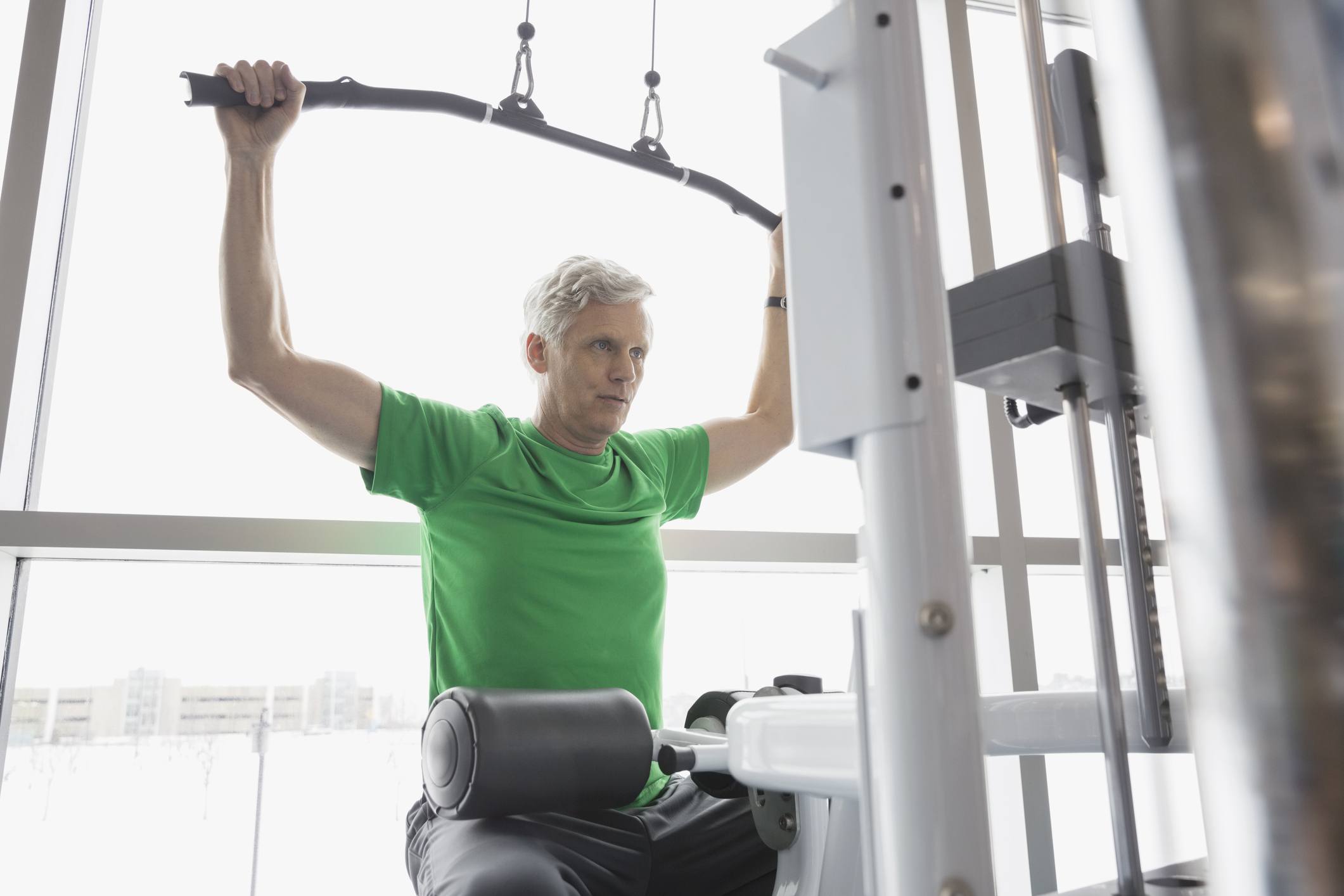 - Rowing Machine Exercises
- Rowing Machine Exercises
- Pull-Up
- Assisted Pull-Up
- Chest Press
- Lat Pull Down
- Overhead Press
- Plank Exercises
- Seated Russian Twists
- Crunches
- Declined Push-Ups
General Exercises
Exercises that will best aid in a fitness routine during a lower body injury include
Seated Exercises – These are some of the best exercises to do because they don’t require stress on a lower body joint that may be too weak to support any weight. As long as you and your doctor discussed going through a fitness routine doing seated exercises can be a substantial benefit. One of the most rigorous exercises can be arm cycling. This type of cycling does not involve the lower body at all. It’s essentially a hand cycle that has different speeds and resistance settings. This option works very well and many people have found great success while using arm cycling to aid in overall fitness.
and resistance settings. This option works very well and many people have found great success while using arm cycling to aid in overall fitness.
Swimming – Believe it or not swimming not only made our list for one of the Top Five Safest Sports to Play but it also offers some benefits for recovery. Being in a weightless environment is good for the joints. It allows a low impact exercise which is incredibly important for people getting over knee and leg injuries. By swimming you can use upper body muscles while keeping the injury safe from any movements that may cause harm.
Its highly recommended to warm up thoroughly before the workouts. During this time warm ups will be needed to loosen up the joints in the body as not to risk any further injury. Going through a fitness routine may be best discussed with a personal trainer. There are many options that physical trainers design in order to cope with exercising with an injury. Staying in shape will even while healing is possible. It may take some time to judge exactly what works best but once you have a routine down the effects will become noticeable.
Ankle & Foot Injuries
These injuries usually allow a person more options than having an injury to the leg or knee. Still having movement in both knees is a much better benefit when needing to exercise. While still limiting in terms of fitness exercises there should still be plenty of options available. Working with the physical therapist, trainer or doctor its going to be important to find out what works best for you. The best types of exercises for these types of injuries can include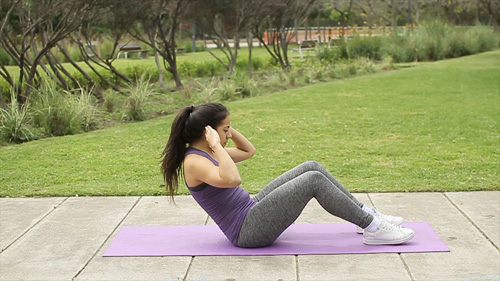
- Lat Pull Down- Chest Press
- Leg Extension Machine
- Leg Raises
- One Legged Bicycle
- Hand Cycling
- Dumbbell Lifting
- Crunches
One of the many questions we get asked is can you exercise on a knee scooter? The answer is yes! Just look at some of the great ways people exercise on Knee Walkers!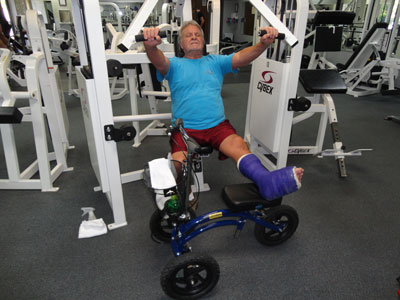
Keith from McMinnville, Tennesee
"These photos were taken at the gym in the process of working out. Sorry about the grim look on my face, but when you work out it's serious stuff. I really do know how to smile. It's great! I am able to work in my garden, I can prop my cast on top of the frame & work out, beats the heck out of crutches!"Denice from Livonia, Michigan
"Today I participated in the Indy mini marathon 13.1 miles in Indianapolis IN with my husband, brother and sister-in-law and their family.
We registered for the event on 2-14-17 and fractured my ankle on 2-16-17. There was No way I was going to miss this event after so much planning regardless that I couldn't walk it.
I used the Swivelmate and completed the event. I'm so thankful I had the Swivelmate!"
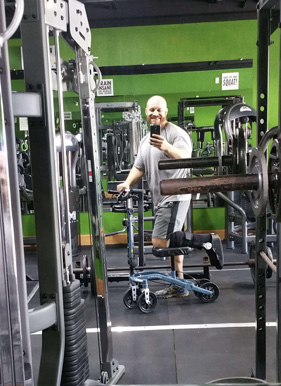
Zied from Orlando, Florida
"At my Personal training studio getting a quick work out for my self.
I couldn't put pressure on my foot for 8 weeks knee scooter provided me with mobility and I was able to go back to work.
The Swivelmate Knee Walker is a lifesaver!"
Lower body injuries are an unfortunate part of life. The recovery period is often frustrating but there are so many options to aid in staying active while you recover. All of these are great options provide plenty of benefits in their respective categories. They offer a chance to continue doing fitness routines despite the injury sustained.
More Great Rent A Knee Walker News & Stories
- •Foot Surgery Recovery Tips
- •
- •Top Five Safest Sports to Play
- •Swivelmate Best Knee Scooter
- •

